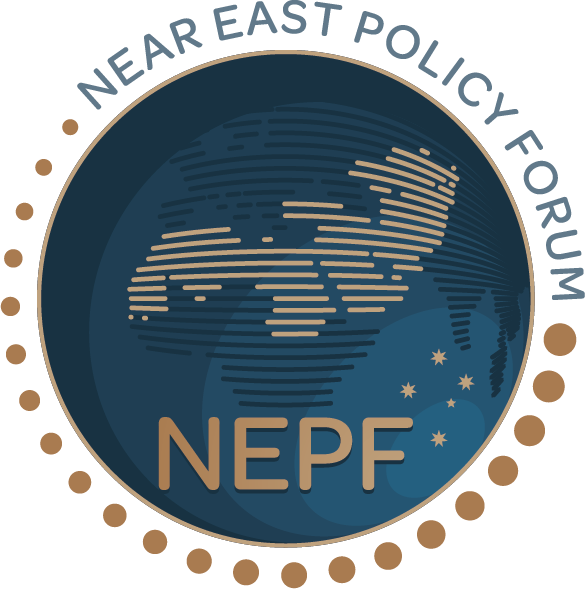When it comes to nuclear power, Australian and Kazakhstan share many similarities with both countries currently considering their nuclear futures. While Australian opposition leader, Peter Dutton continues to advocate for the development of a domestic nuclear power industry as part of his 2025 election campaign, Kazakhstan’s government is moving ahead with construction of its first civil nuclear plant after a referendum on the contentious issue late last year that saw more than 70 percent of Kazakhs vote in favor of the pro-nuclear proposal. The referendum was historic as like Australia, Kazakhstan only infrequently conducts referendums with only three held in the history of post-Soviet Kazakhstan. Kazakhstan has historically been cautious about incorporating nuclear into its power mix despite Kazakhstan, like Australia, being one of the world’s largest producers of uranium. The referendum result therefore foreshadows a change in trajectory for the Central Asian nation on the question of nuclear. So, what does this historic vote mean for the country and its foreign policy relations? And does the development of a Kazakh domestic nuclear industry present the opportunity for Kazakhstan and Australia to strengthen bi-lateral relations?
After gaining independence in 1991, Kazakhstan considered constructing a nuclear power plant. The idea for such a facility was first publicly expressed in 1997 by then-Minister of Science Vladimir Shkolnik and gained momentum in the late 1990s after the decommissioning of the Soviet-era BN-350 reactor at the Mangyshlak Atomic Energy Combine (MAEK) in Aktau. The MAEK, which provided electricity, desalinated water, and weapons-grade plutonium, was shut down in 1999 due to aging infrastructure and nuclear proliferation risks. Concurrently, Kazakhstan ratified the Treaty on Non-Proliferation of Nuclear Weapons in 1993 and became a member of the International Atomic Energy Agency (IAEA).
Over the years, Kazakhstan has revisited the idea of building a new nuclear power plant, including the proposed locations of Kurchatov, Ülken, and the former MAEK site in Aktau. Despite international cooperation with Russia, France, Japan, and South Korea, these proposals have historically faced significant opposition due to environmental and public health concerns stemming from the use by the Soviets of the town of Semipalatinsk as a nuclear testing site and fears Kazakhstan could face a disaster similar to Chernobyl and Fukushima.
However, increasing domestic energy consumption driven by population growth has seen nuclear resurface as an energy alternative to overcome Kazakhstan’s current energy deficit of 1,519 MW which is presently migrated through energy imports from its neighbour, Russia. Within this context, nuclear power is being presented by the current Kazakh government as a long-term solution that will boost domestic energy security. While on paper, nuclear appears to present Kazakhstan with a viable alternative popular with the local population, the proposal raises serious questions relating to its legitimacy, foreign investment as well as the environment.
The referendum was held following a series of public hearings, however the successful result, which saw 73.1% of votes counted supported the proposal has been overshadowed by the perceived biased and undemocratic nature of the pre-referendum public hearings; a process that has been criticised for being highly controlled. Environmental activists were barred from participating in the pre-referendum hearings and about 30 activists were detained across Kazakhstan, including local activists Eldos Dosanov who was detained in Semey, Elvira Bekzadina in Astana, and Aset Abishev in Almaty. Environmental criticisms of Kazakhstan’s future nuclear power plant include development in seismically active regions as well as health concerns due to radiation exposure.
Concerns have also been raised over the lack of transparency in the decision-making processes as well as geopolitical concerns due to the involvement of external actors, particularly Russia. While Kazakhstan is yet to finalize the consortium that will develop the new plant in partnership with a local entity, most likely Kazatomprom, Russia is a leading contender as the vendor for the reactor, along with China, France and/ or South Korea.
China National Nuclear Cooperation (CNNC) has been working with Kazakhstan since 2004 in Oskemen, mining 200 tonnes of uranium per year. CNNC is willing to construct two units of 1.2 GW each estimated at $5.6 billion over approximately five years. France, which has long domestically relied on nuclear energy and sources 70% of its national energy from nuclear, is another candidate. Representatives from Électricité de France (EDF), Framatome, Arabelle Solutions, and Assystem met with Kazakhstani officials in December 2024. Korea Hydro and Nuclear Power (KHNP) has also been actively negotiating terms with Kazakhstan as the country ranks third in its nuclear power plant capacity making it a viable partner. Earlier in 2022, KHNP signed an agreement with Kazakhstan regarding a potential commercial power plant that culminated in the singing of the MoU between Korea and Kazakhstan in 2024. Meanwhile Russia’s state nuclear corporation Rosatom is positioning itself as the leading contractor and is talking up the history of nuclear cooperation between the two nations. Rosatom as an entity that has already implemented projects in Türkiye, Egypt and Hungary and to-date has avoided sanctions related to Russia’s invasion of Ukraine.
The decision is slated to be made this year. While there is currently no cooperation between Australia and Kazakhstan in this field at this stage, there is considerable potential for collaboration between these two nations, which have maintained diplomatic relations since 1992. Establishing educational and training programs could be mutually beneficial in facilitating the exchange of nuclear scientists, engineers and technicians to share knowledge and best practices. Australian firms, with their technological expertise, could also offer consultancy services for the design and construction of the nuclear power plants in Kazakhstan. This collaboration is particularly advantageous given the Kazakh public’s distrust towards China and Russia, two of the four potential partners. Such a partnership could not only enhance diplomatic and economic relations between Australia and Kazakhstan but also open up new avenues for trade and investment in the energy sector.




